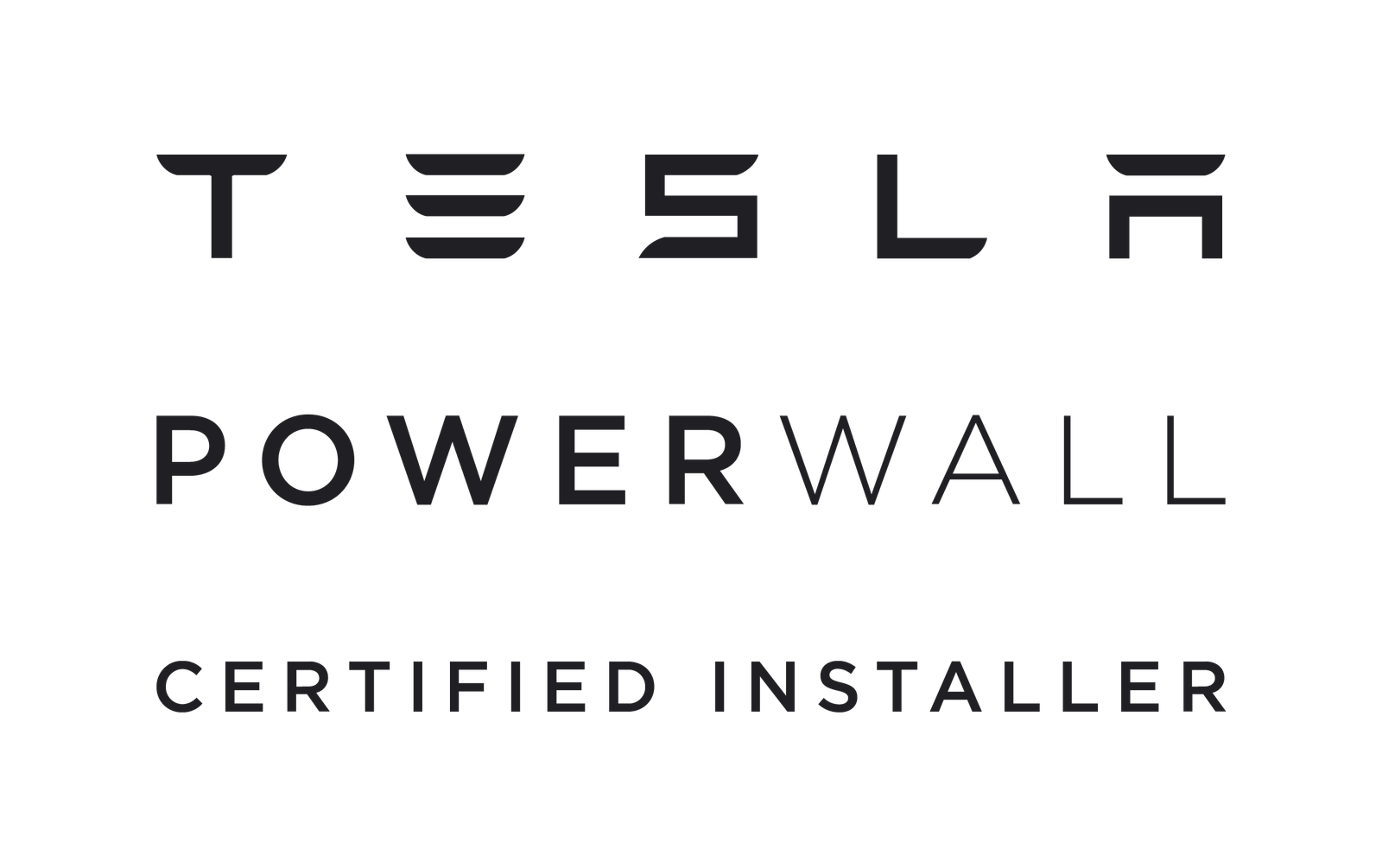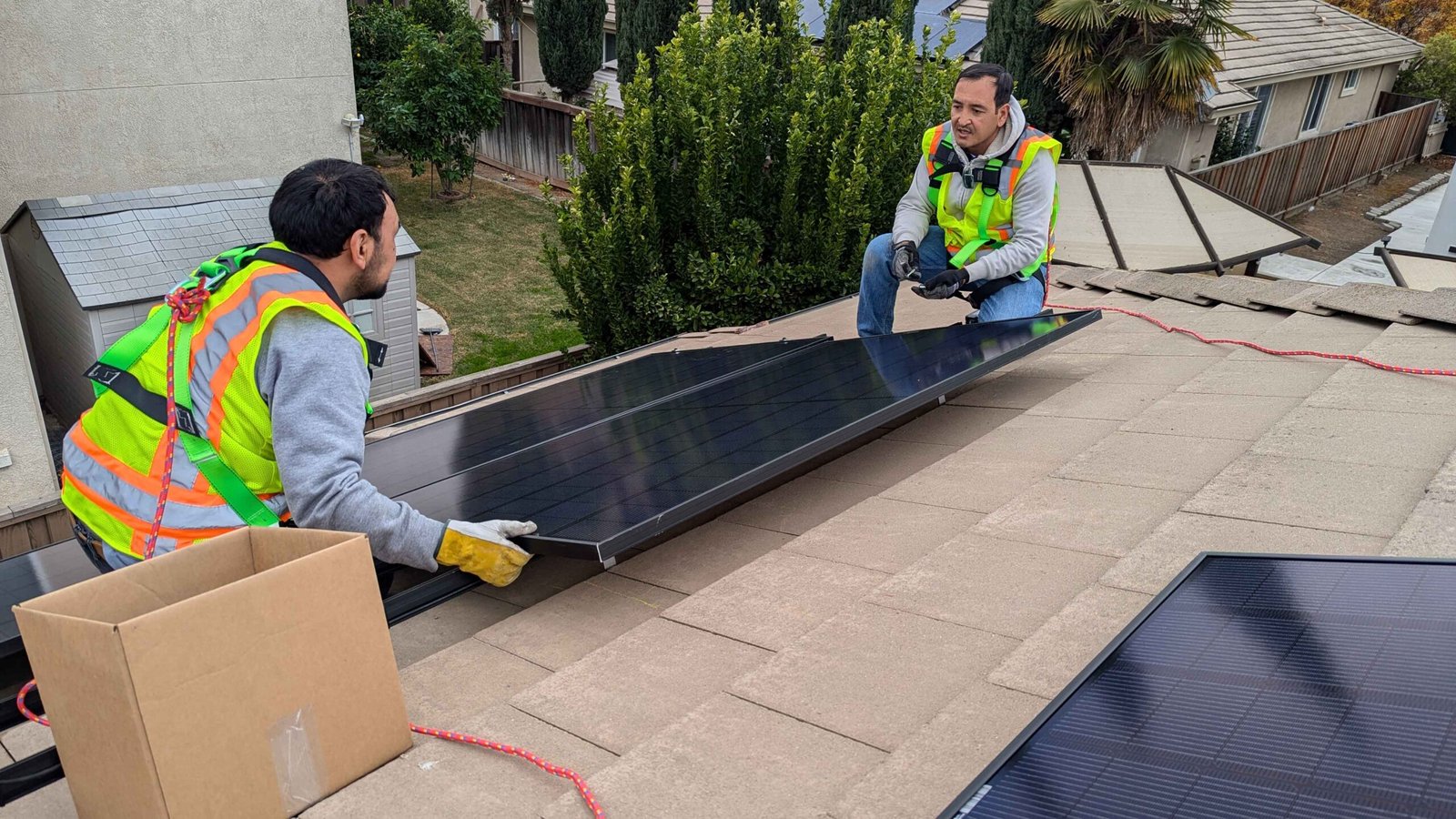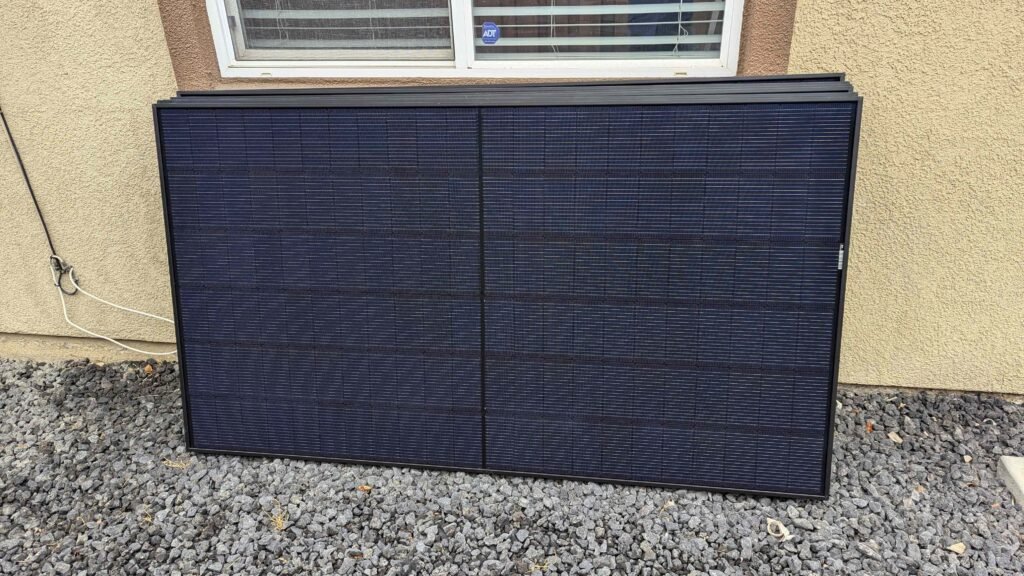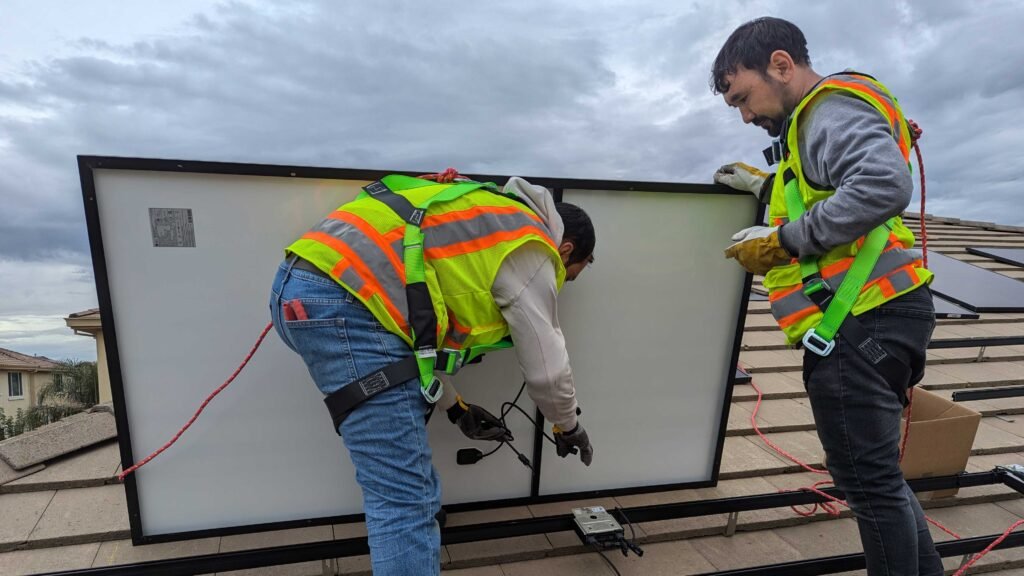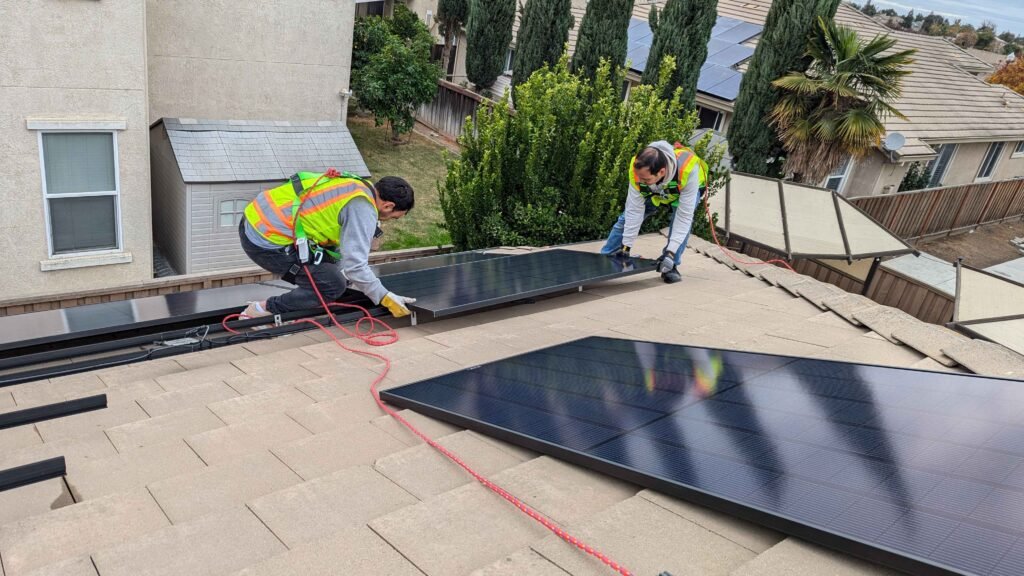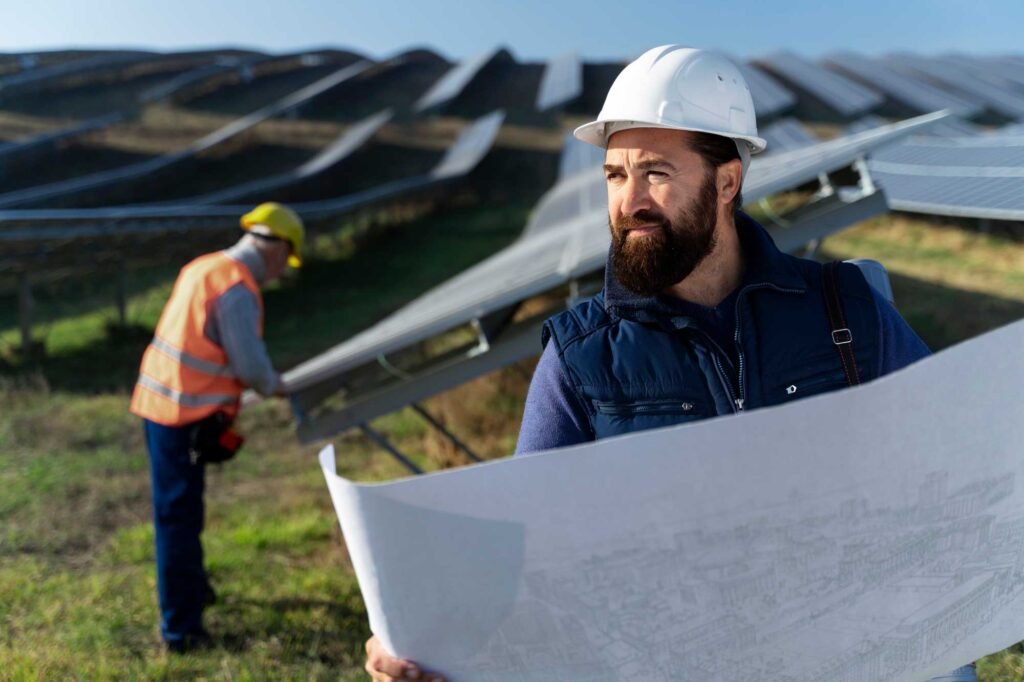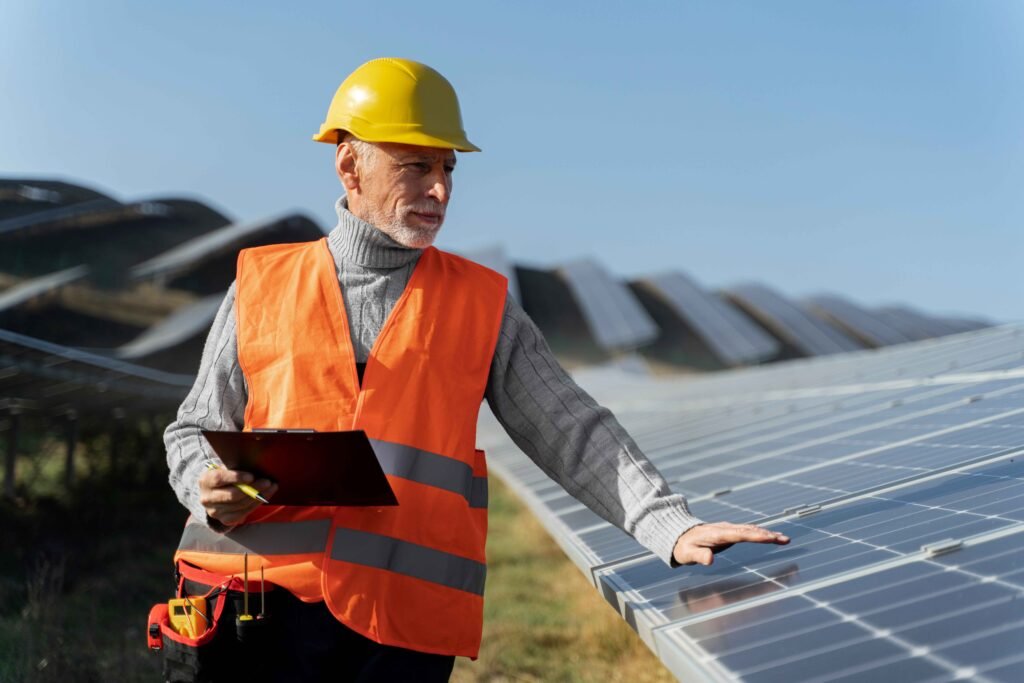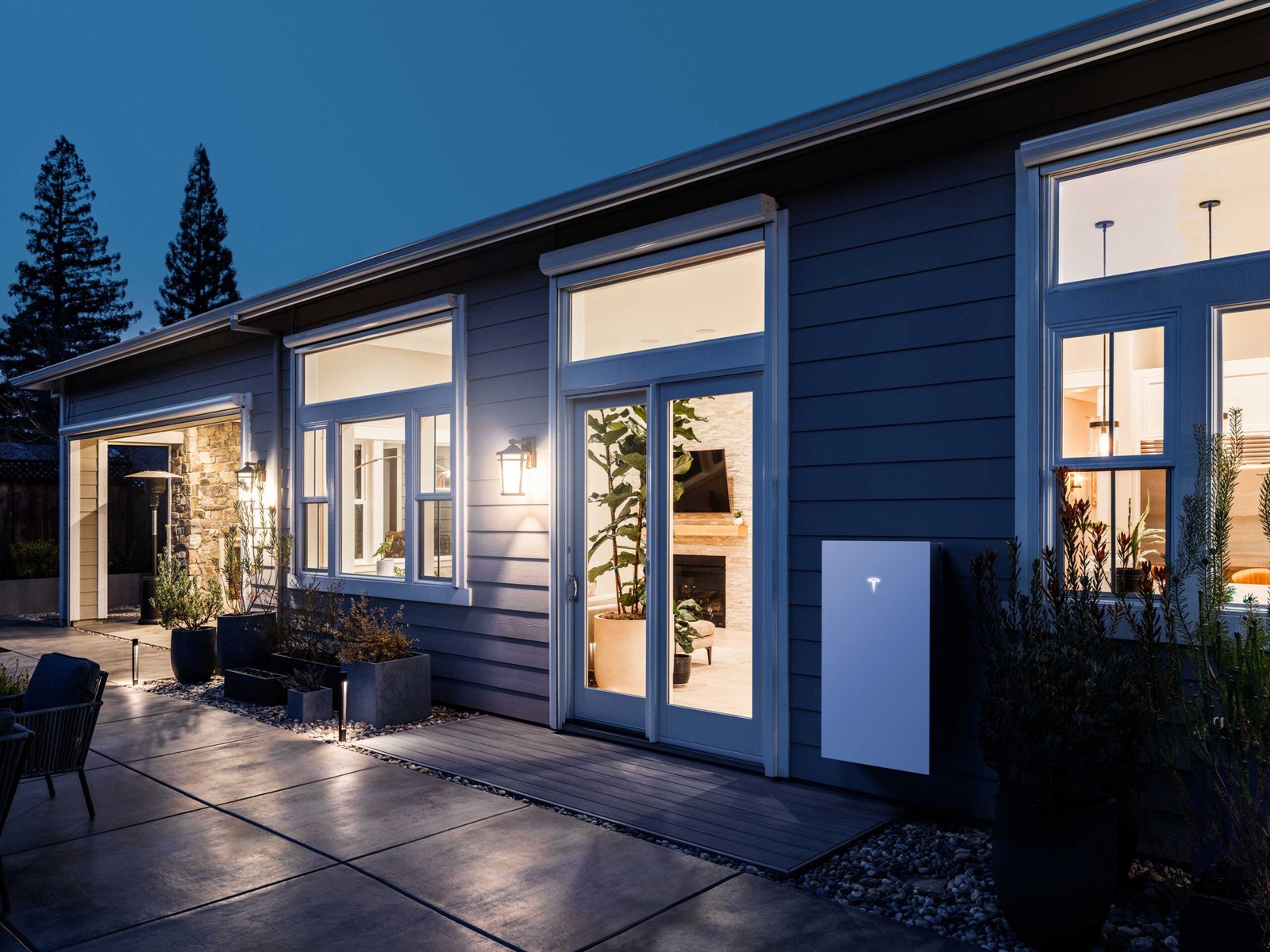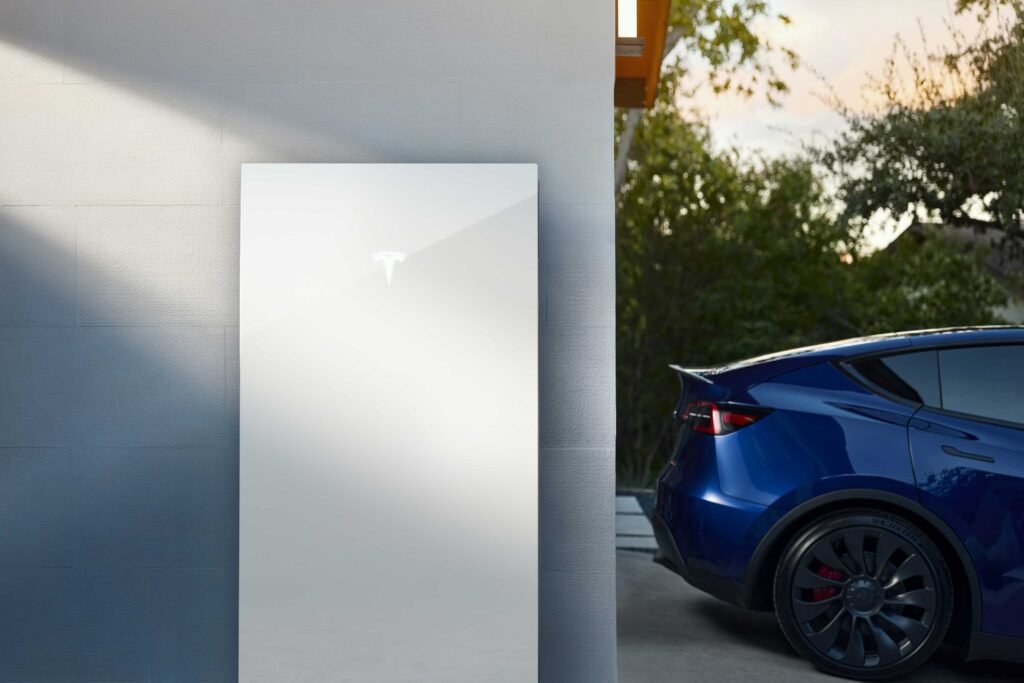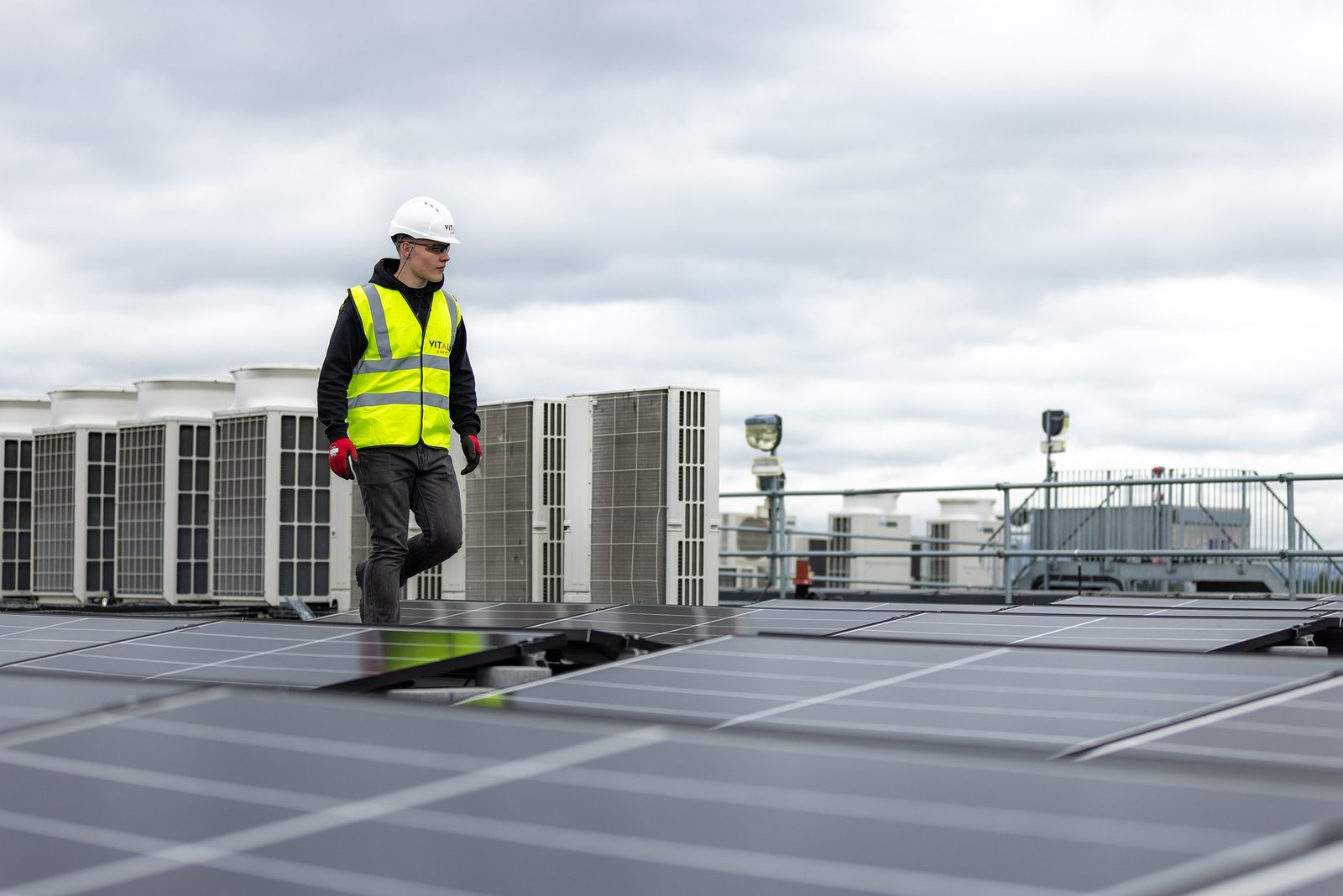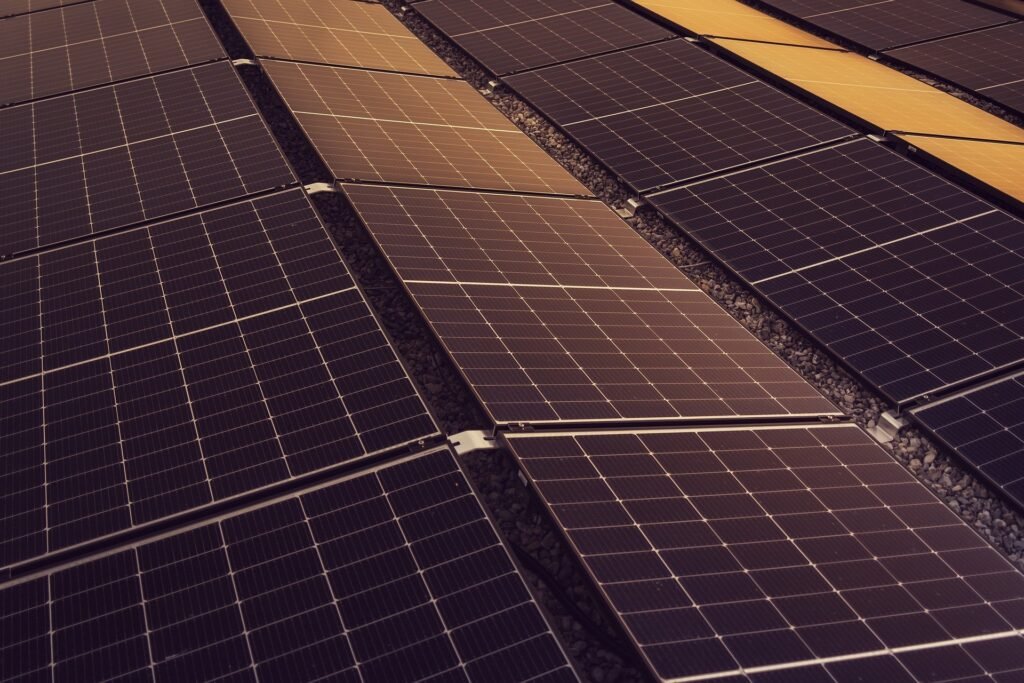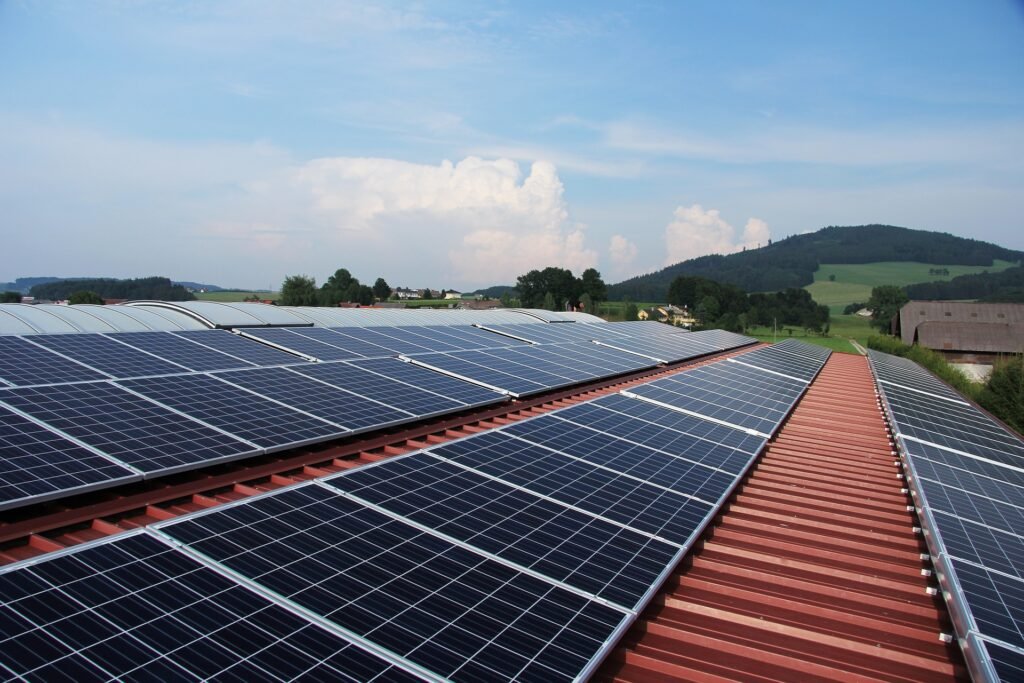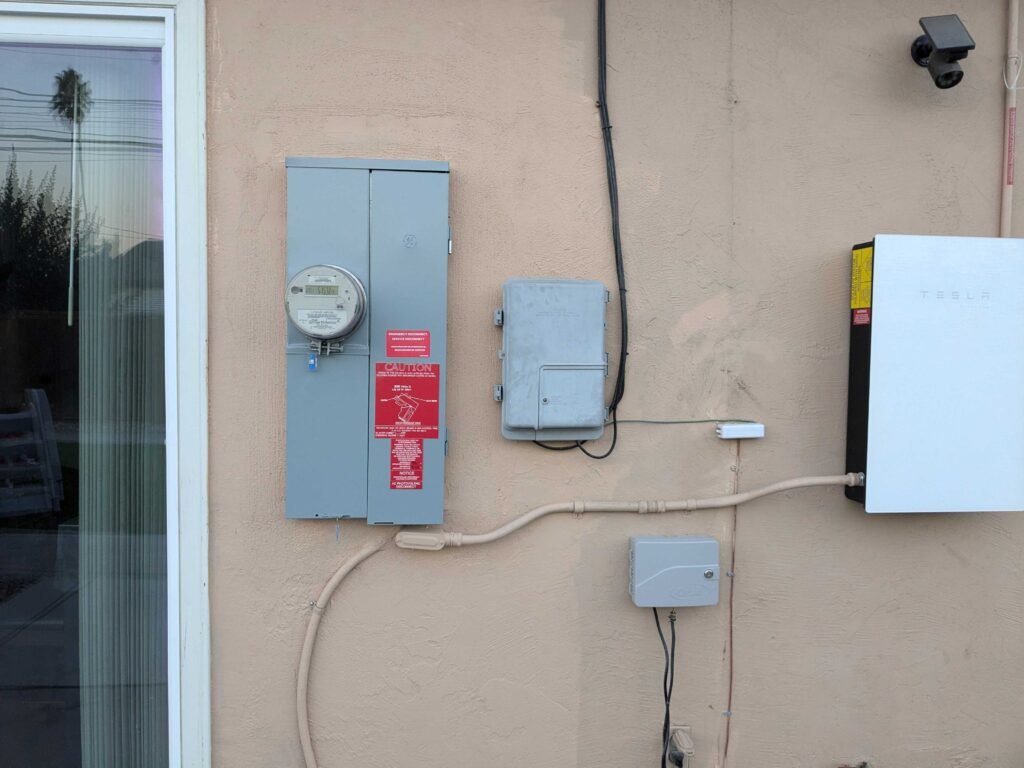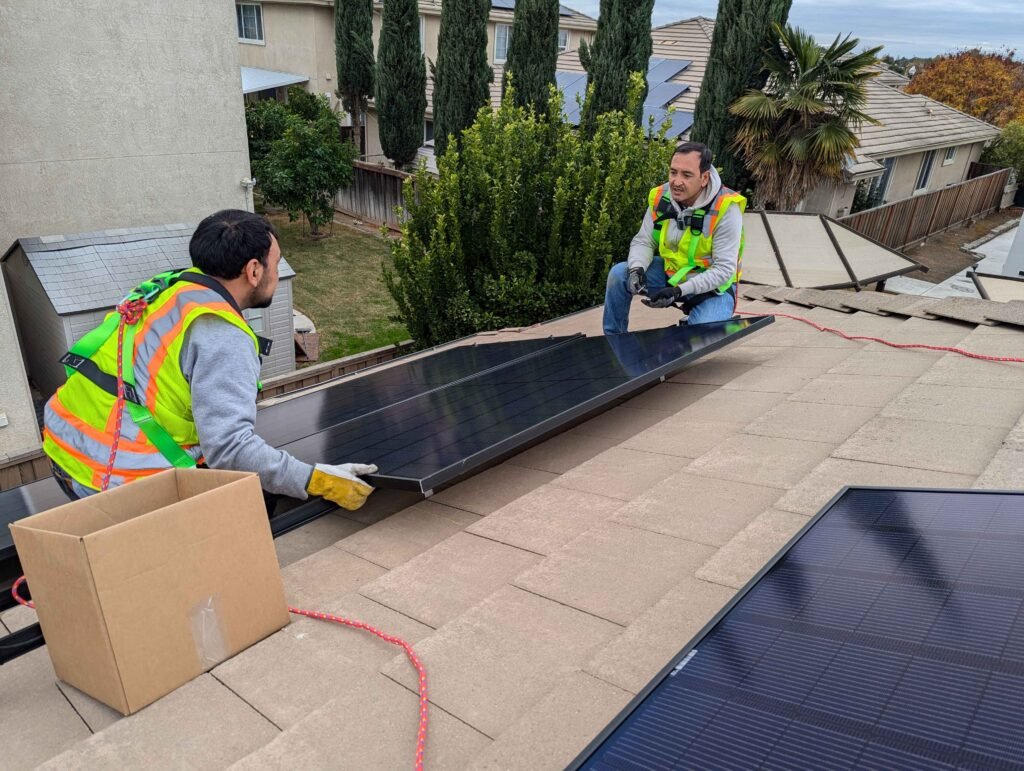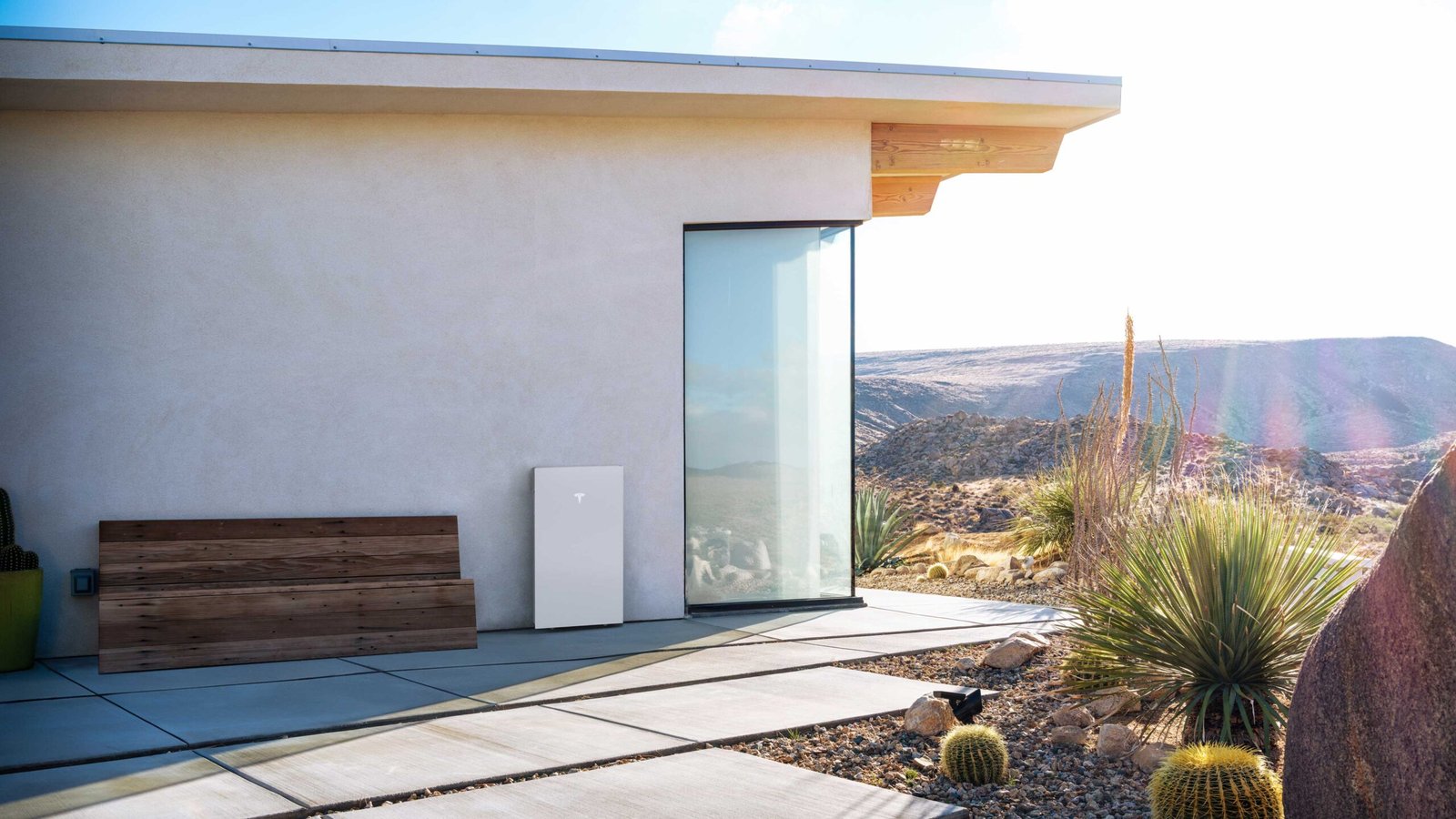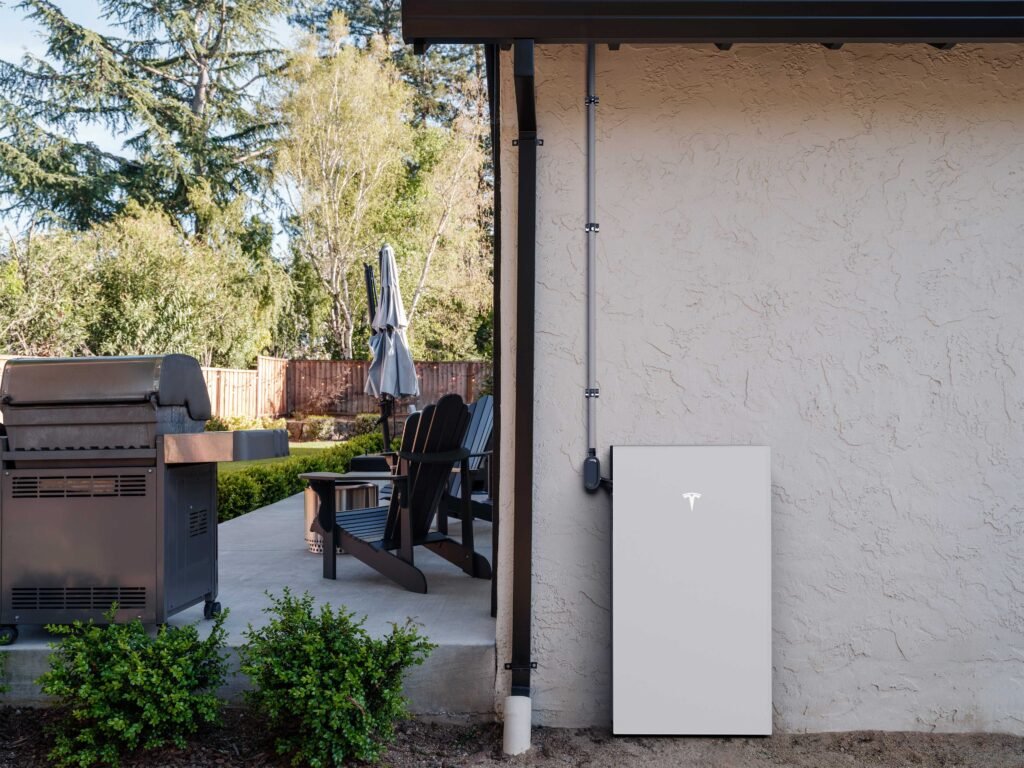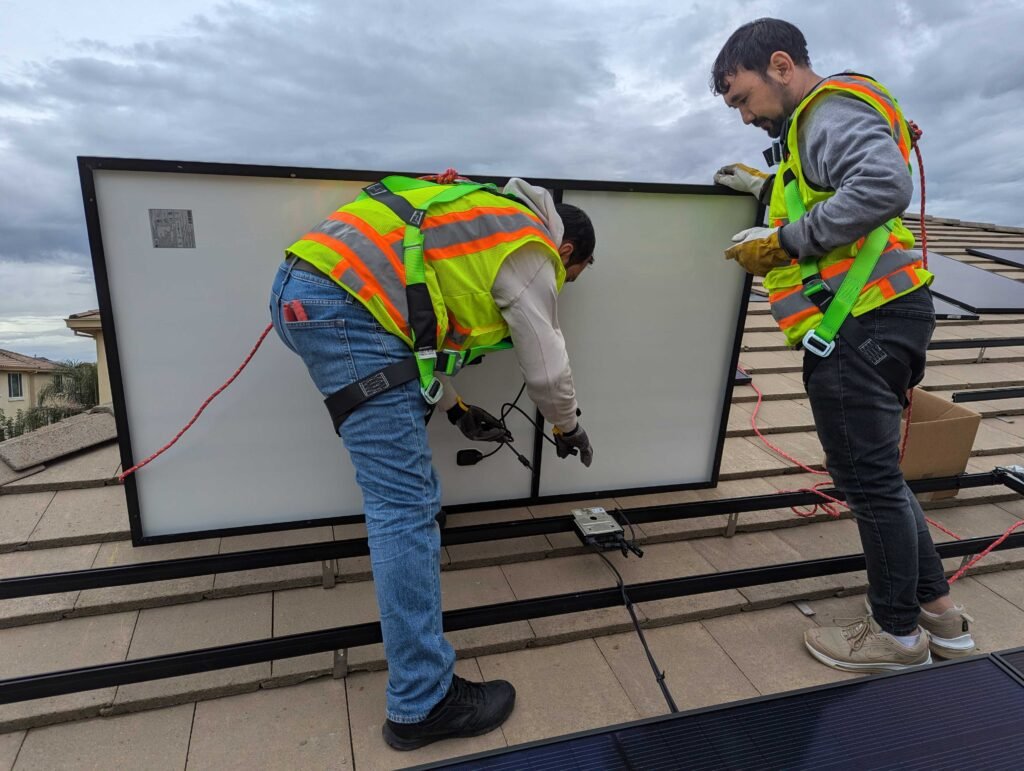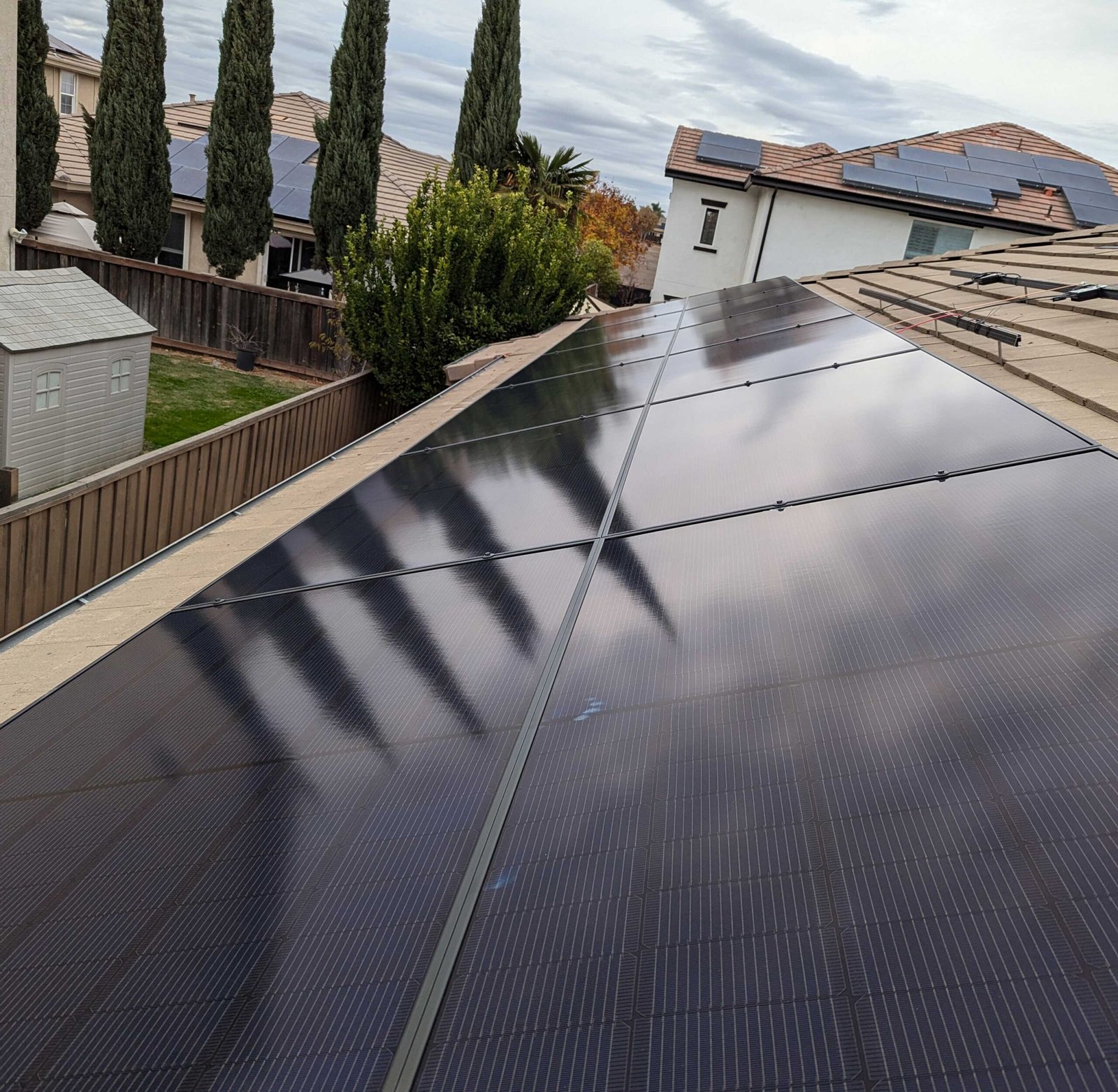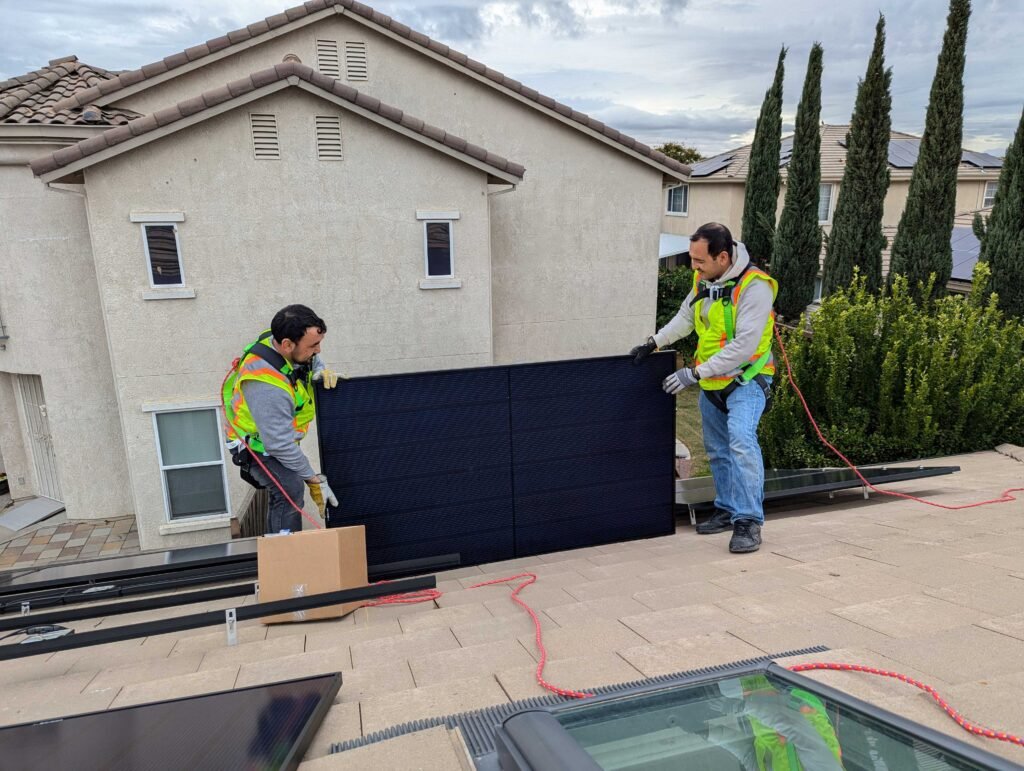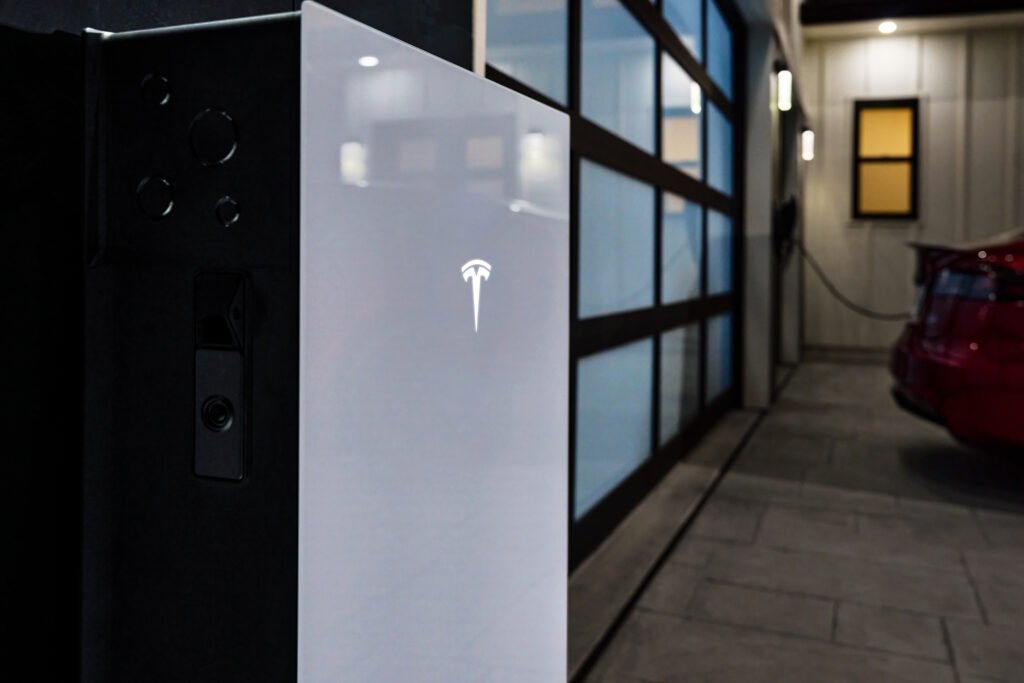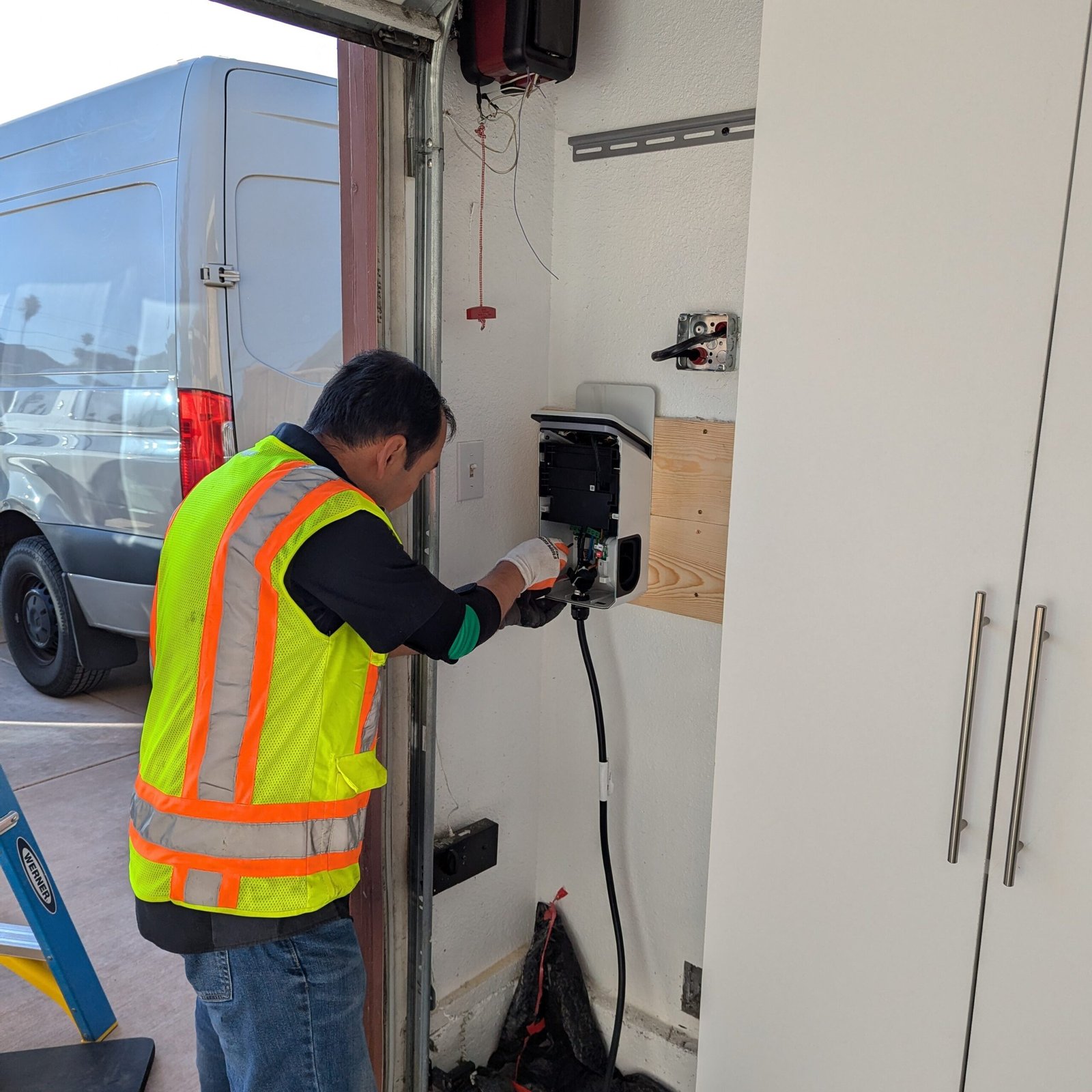As the demand for sustainable energy solutions grows, many homeowners and businesses in the Bay Area are turning to solar panels, energy storage systems, and electric vehicle (EV) chargers to reduce their carbon footprint and save on energy costs. However, selecting the right installer is just as important as choosing the right equipment. When it comes to ensuring quality, reliability, and peace of mind, opting for a certified installer—such as those certified by Tesla, Enphase, or Franklin—can make all the difference.
In this article, we will explore what it means to be a certified installer, the benefits of choosing a certified professional, and why this designation ensures your investment in renewable energy is secure and optimized for long-term performance.
What Is a Certified Installer?
A certified installer is a professional who has undergone rigorous training and assessment by a specific manufacturer to install and maintain their products. Companies like Tesla, Enphase, and Franklin have established certification programs to ensure their products are installed correctly, safely, and in compliance with all local codes and standards. These certifications also require installers to demonstrate a thorough understanding of the technology and commit to ongoing education to stay updated on the latest advancements.
Why Certification Matters
1. Expert Knowledge of the Product
Certified installers are trained directly by the manufacturers. This means they have in-depth knowledge of the specific equipment, its features, and its optimal installation techniques. For example:
- Tesla Certified Installers understand the intricacies of Tesla Powerwall, Solar Roof, and EV chargers, ensuring these systems operate seamlessly with your existing electrical infrastructure.
- Enphase Certified Installers are proficient in Enphase microinverters and energy storage solutions, guaranteeing a high-efficiency solar system tailored to your energy needs.
- Franklin Certified Installers specialize in Franklin’s advanced battery storage and energy management systems, delivering optimal performance and reliability.
2. Quality Assurance
Manufacturers back their certified installers with warranties and support, giving customers an added layer of assurance. Certification ensures that the installer adheres to stringent quality and safety standards, minimizing the risk of errors and ensuring long-term system performance.
3. Compliance with Local Regulations
Certified installers are well-versed in local building codes, permitting processes, and electrical standards. This expertise reduces the likelihood of delays or fines, as your project will meet all regulatory requirements.
4. Access to Exclusive Products and Support
Many manufacturers reserve their most advanced products and technical support for certified installers. For instance, Tesla’s Powerwall and Solar Roof are only available through Tesla Certified Installers, ensuring that customers receive top-tier products and services.
5. Improved System Efficiency and Longevity
Proper installation is critical to the efficiency and lifespan of solar panels, batteries, and other energy solutions. Certified installers use best practices and advanced tools to optimize system performance, helping you maximize your return on investment.
How to Identify a Certified Installer
Finding a certified installer in Tracy or the greater Bay Area is straightforward. Most manufacturers provide directories of their certified professionals on their websites. Here’s what to look for:
- Certification Badges Look for certification badges from Tesla, Enphase, or Franklin on the installer’s website, marketing materials, or proposals.
- Manufacturer’s Directory Visit the manufacturer’s website to confirm the installer’s certification status. These directories often include customer reviews and ratings.
- Professional References Ask the installer for references or case studies showcasing their certified installations.
- Credentials and Licensing Ensure the installer is licensed, insured, and bonded. Certification complements these credentials but does not replace them.
The Tesla Certified Installer Advantage
Tesla’s energy solutions, including Powerwall and Solar Roof, are at the forefront of renewable energy technology. Tesla Certified Installers in Tracy and the Bay Area are uniquely equipped to handle these products. Their training encompasses system design, installation, and troubleshooting, ensuring a smooth and efficient installation process.
- Energy Independence: Tesla Certified Installers help you achieve energy independence by integrating Powerwall with your solar system to store excess energy for use during grid outages or at night.
- Aesthetic Integration: Solar Roof installation requires precision to ensure the roofing tiles blend seamlessly with your home’s architecture. Tesla-certified professionals excel in this area, delivering both functionality and curb appeal.
The Enphase Certified Installer Difference
Enphase’s microinverters and energy storage systems are renowned for their efficiency and reliability. Enphase Certified Installers in the Bay Area undergo comprehensive training to:
- Design systems that maximize energy harvest, even in shaded conditions.
- Install and configure Enphase’s advanced monitoring platform, allowing you to track your energy production and consumption in real-time.
- Provide long-term maintenance and support, ensuring your system performs optimally for years to come.
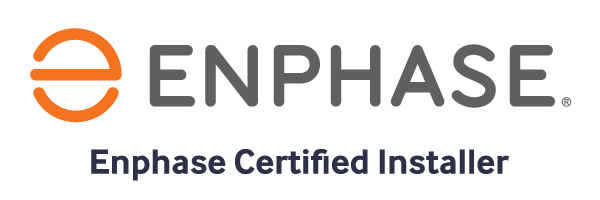
Why Choose a Franklin Certified Installer?
Franklin Energy’s battery storage systems offer cutting-edge features such as load management and smart energy optimization. Certified installers are trained to:
- Seamlessly integrate Franklin batteries with solar panels and other energy solutions.
- Customize installations to meet the unique energy needs of homes and businesses in Tracy and the surrounding Bay Area.
- Provide ongoing support and updates, leveraging Franklin’s latest innovations to keep your system future-proof.
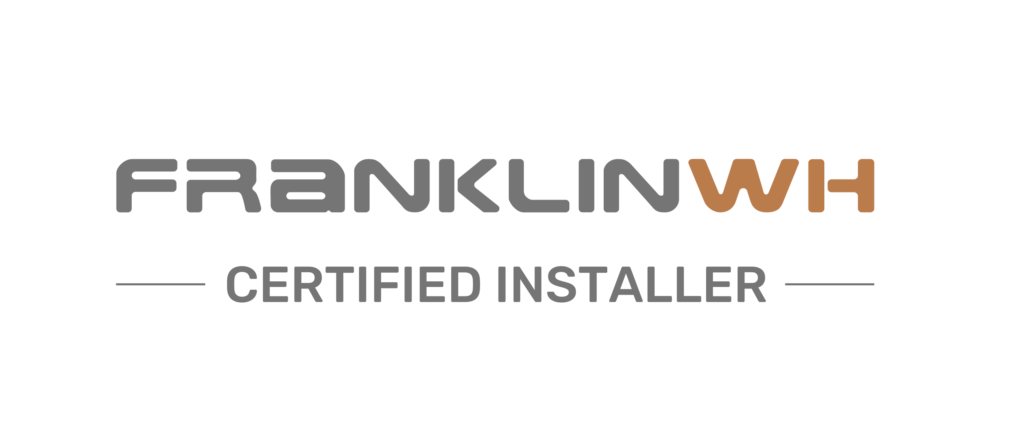
The Long-Term Benefits of Certification
Investing in a renewable energy system is a significant commitment, and the installer’s expertise plays a vital role in its success. Choosing a certified installer offers long-term benefits, including:
- Enhanced Reliability: Certified installations are less likely to experience issues, saving you time and money on repairs.
- Increased Efficiency: Properly installed systems perform better, reducing energy waste and maximizing savings.
- Stronger Warranties: Many manufacturers extend warranties on products installed by certified professionals.
- Peace of Mind: Knowing your system was installed by a certified expert gives you confidence in its performance and safety.
Conclusion
When transitioning to solar and energy storage solutions in Tracy or the greater Bay Area, the choice of installer can significantly impact the success of your project. Certified installers from Tesla, Enphase, and Franklin bring unmatched expertise, ensuring your system is installed correctly and operates at peak performance.
By prioritizing certification, you not only safeguard your investment but also contribute to a sustainable future with confidence. Always verify an installer’s certifications and choose a professional committed to quality, safety, and customer satisfaction.
With the right certified installer by your side, you’re not just installing a system—you’re building a foundation for energy independence and environmental stewardship.

